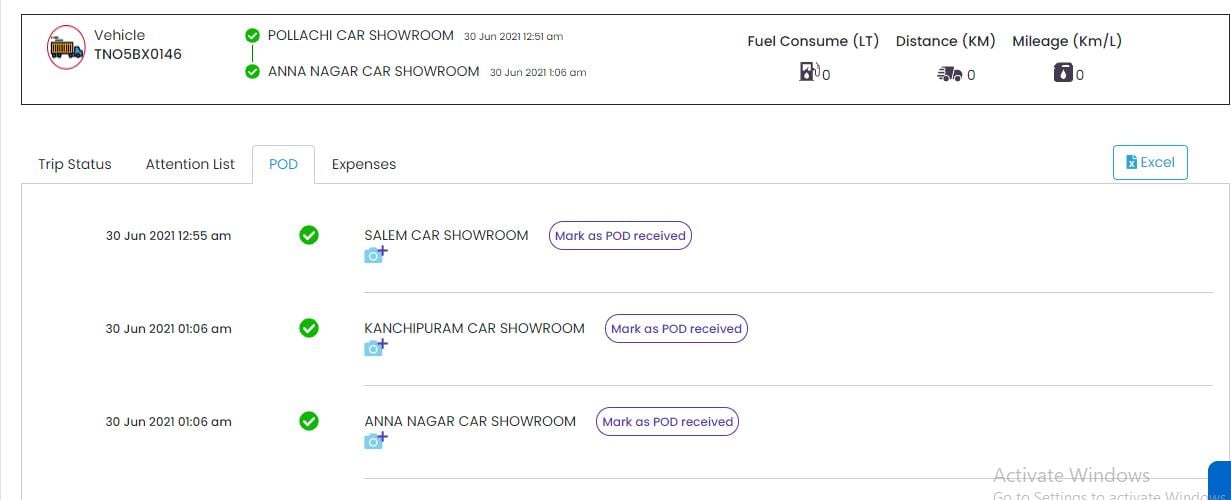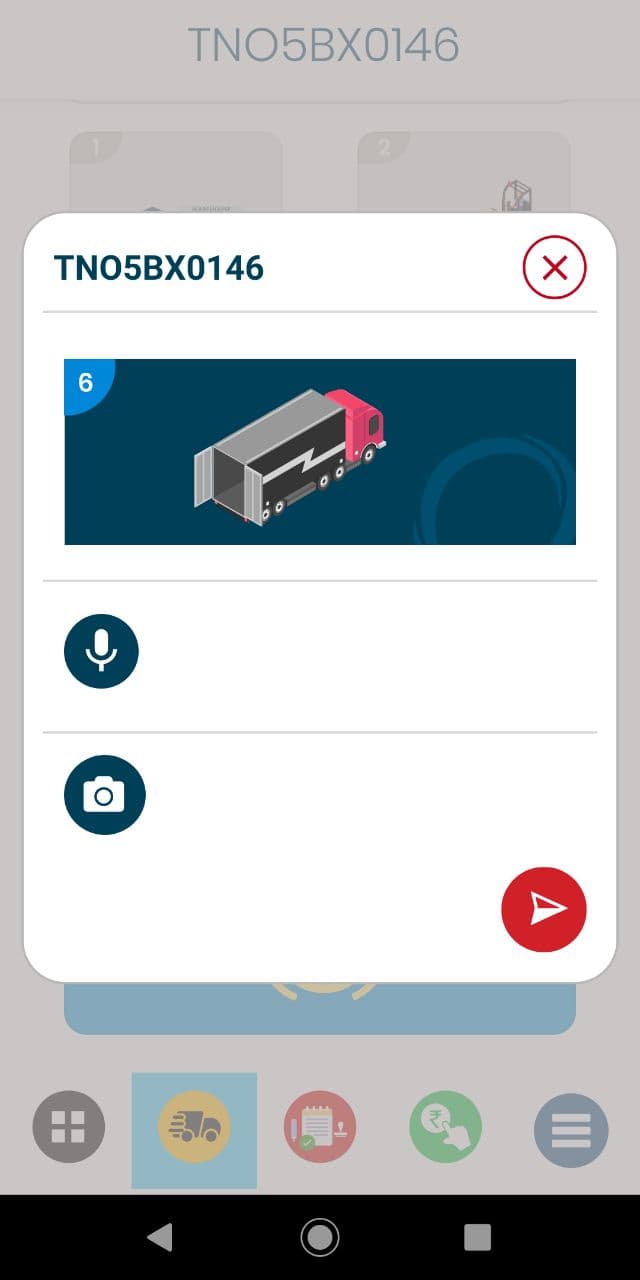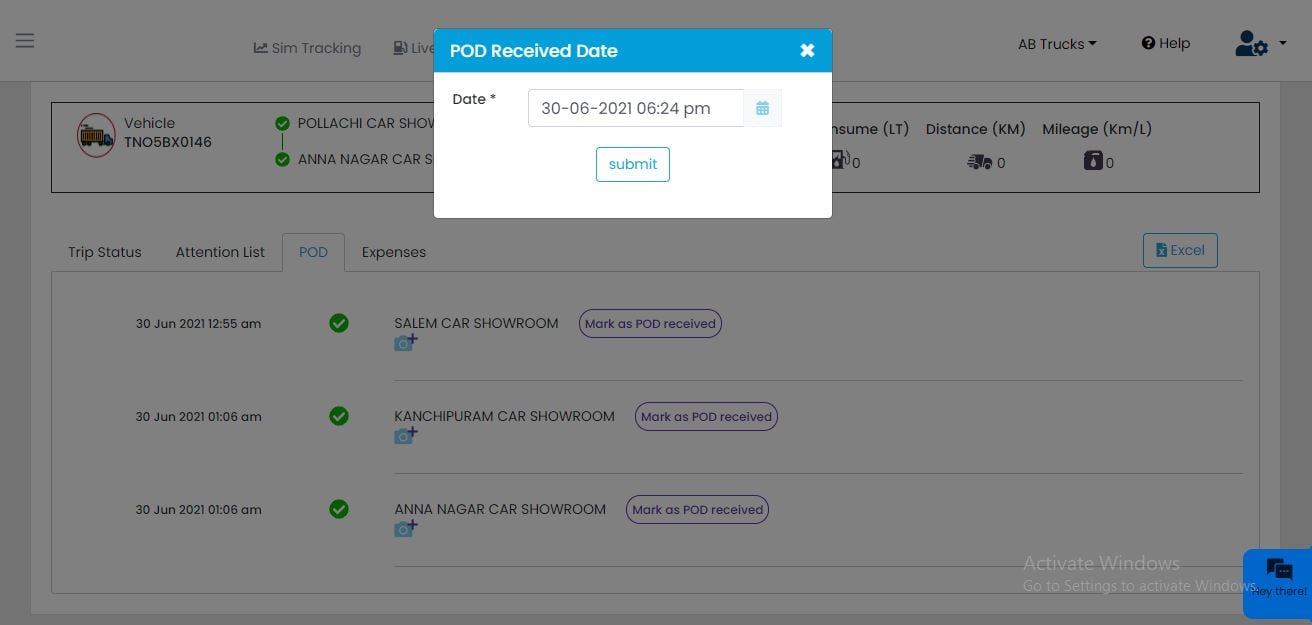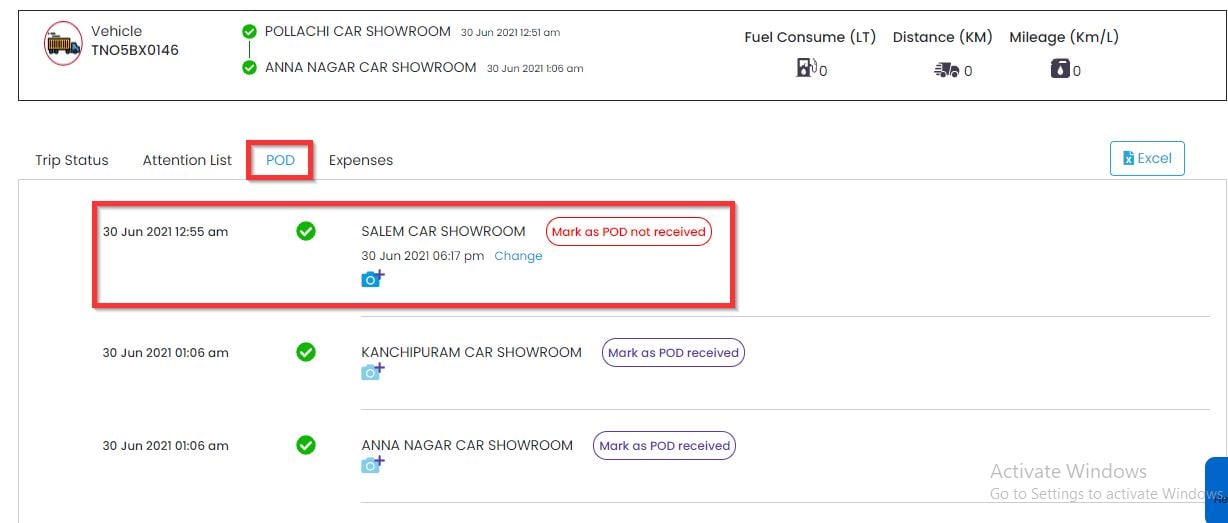The Necessity of Proof of Delivery – POD
Summary
Proof of Delivery (POD) is a document that serves as evidence that goods have been successfully delivered to the recipient in good condition. It is necessary in the world of business to avoid payment disputes, reduce fraudulent activities, and increase the efficiency of the delivery process.
There are different types of POD, including manual, digital, and electronic.
Recipients are the ones who sign the POD, and it carries legal and financial information that benefits both parties. With the help of technology like FleetOS and DRS apps, the POD process can be streamlined, providing better billing accuracy, faster payments, and happier customers.
Proof of delivery is specified as the official document covering the aspects of consignment conditions provided by the recipient vendor after the consignment is delivered to the vendor.
It is like a formal acknowledgment by the recipient vendor that the transportation company has successfully delivered the goods in proper condition via a written statement.
Why is there a need for Proof of Delivery?
In the world of business, no one accepts or receives a product without a witness. With the expanding spaces between the stakeholders, POD acts as an eye witness in the exchange of goods and services.
It saves you from the return payment procedure due to some mismanagement in goods and reduces redoing the delivery again. In the POD document, you can provide remarks if you notice any damage to the products or not satisfied with the package.
In the same way, if the buyer had returned the product and the packaging was in bad condition, you can write on the remarks. These remarks will help to prevent future hassle and mitigate the mistakes from both seller and buyer.
It acts as a piece of evidence between the seller and the buyer. POD is said to be a crucial process in the transportation industry, where it is considered a time-consuming process, but it protects your business liabilities.
The POD reduces fraudulent activities and duplication of items. It prevents potential disputes between the stakeholders. It increases the efficiency of business flow.
Types of POD
Manual POD: Mostly, the 3PL logistics uses paper documents; they call it delivery slips or delivery orders. The POD’s contain primary information regarding date, time, address, and the consignment type. The information will be filled in handwritten notes, and the transport company will give the signed acknowledgment to the respective dealer in person.
Digital POD: The handwritten documents will be updated by the driver through the Driver app in real-time so that you won’t miss any information related to delivery. These documents will be updated in the administrative apps (fleet management software) used by fleet managers.
Electronic POD: The ePOD is also a real-time device in which there won’t be any paper-based documents. Everything will be updated directly to the admin’s server in real-time. There won’t be any processing time for the update. The documents require an electronic signature from the buyer.
Who can sign the POD?
The recipient is the one who can sign the POD. If the intended person is not available to collect the cargo in person, he can assign someone with instructions and sign the document. The recipient should be aware of the consequences of allowing someone who’s in charge.
Benefits of Proof of Delivery
- Proof of delivery carries legal and financial information that is interchanged between the two business entities. It proves the visibility of the business and brings a change in the logistics industry.
- With the innovative technology, consignments carried by truck are tracked with real-time exact GPS location and identifies when the package is delivered and who assigned for it.
- Some customers need to deliver sensitive packages, for example, medicines or vaccines; they need proof of system to transport their products with trust. Here, the POD has seen as a trust so that it can be traced if it is missed. For them, digital proof delivery systems play a crucial role.
- It ensures safe delivery, and vendors can be 100% sure of their items and provide better performance in the delivery traceability.
- Reduces late payments and late deliveries: Simplifies & streamline delivery processes with real-time monitoring execution.
- Stocks can be managed with increased accuracy.
- Regulates cash inflow: Generate invoices quickly and ensure more substantial cash flow for the business.
With all the logistics advancements, why it’s still juggling with outdated, inefficient proof of delivery processes. The manual paper-based system is a tiresome process that is difficult to interpret and is prone to errors.
With FleetOS and DRS apps, you can deliver intelligence like never before. Delivery invoices are managed by mobile devices, sending and receiving data in real-time through an app by giving visibility of needs by displaying the bill status.
Let me present you with screenshots of FleetOS and DRS application explaining how Proof Of Delivery works in these apps,
In FleetOS, after every trip creation, the assigned vehicle needs to deliver the consignment at the destination, which is considered the last stage of every trip. A trip can have multiple unloading points. In the above image, you can see the POD tab, and it has three unloading points in which the POD needs to be updated from the driver.
On the other hand, through the DRS app, the driver will update the POD after receiving it from the recipient once the goods are unloaded at the specified point.
Once the driver uploads the document, the fleet managers will receive POD with the date.
In the below image, once you submit, the POD can be seen through mobile or web applications, or if it is not appropriately uploaded, you can mark it as POD not received, and it notifies the driver to upload it again.
After every completion of the trip, the recipient signs POD based on the condition of the goods. Then, the drivers share POD through the DRS application to the FleetOS app, which fleet managers/owners use. The uploaded POD’s will be stored digitally in the application to relieve the pressure of missing information.
This ensures the right items are tracked and managed using technology, providing better billing accuracy, faster payments, and happy customers.
Sushanthi
Sushanthi is a Content Writer who wishes to be the voice of brands to project their innovative ideas and stories through her writing skills.






